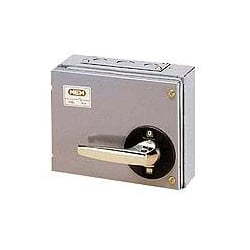Hi all I am currently looking at having a 5kw air-conditioning unit installed in my house.
I have had two quotes but both installers are telling me different things when it comes to wiring the unit.
The first engineer is saying that he can wire the unit off my upstairs ring main with a 20amp fused spur which he says will be ok because I hardy use my ring main upstairs (only Charing phone and hair dryer) and it's on a 32amp breaker in my fuse box. Which I get what he's saying.
The second engineer said I would need to get an electrician in to run a cable on its own breaker to the unit. Which I also get.
I would naturally go for the first option as it would be less work and won't cost as much but I'm not 100% sure if this would be safe?
I would appreciate some feedback thanks.
AC unit spec
5kw
max rated current 14.5A
20A fuse required
I have had two quotes but both installers are telling me different things when it comes to wiring the unit.
The first engineer is saying that he can wire the unit off my upstairs ring main with a 20amp fused spur which he says will be ok because I hardy use my ring main upstairs (only Charing phone and hair dryer) and it's on a 32amp breaker in my fuse box. Which I get what he's saying.
The second engineer said I would need to get an electrician in to run a cable on its own breaker to the unit. Which I also get.
I would naturally go for the first option as it would be less work and won't cost as much but I'm not 100% sure if this would be safe?
I would appreciate some feedback thanks.
AC unit spec
5kw
max rated current 14.5A
20A fuse required




